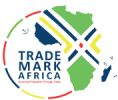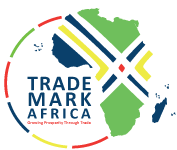Ensuring that both women and men benefited from customs digitalization was a major concern of the TradeMark Africa (TMA) Uganda team. How do you ensure that the needs and perspectives of women in large ICT projects are recognised? This was the question faced by the TMA Uganda Country Programme (UCP) as it supported the Uganda Revenue Authority (URA) to kick off the first phase of the US$5 million customs project – the National Electronic Single Window (NESW). Bearing in mind that studies suggest that a failure to recognise gender perspectives reduces women’s participation and limits the contribution of ICT, especially to poverty reduction, the UCP took measures to ensure that benefits of the NESW are accessible to both men and women.
The first step was to develop terms of reference for the collection of baseline data disaggregated by gender. Data revealed that the ratio of men to women was ten to one in some of the institutions used in the data collection process. This revelation was used to inform the monitoring and evaluation (M&E) indicators, which adopted a requirement that at least 30% (about 900) of trainees learning the electronic single window system must be women. Additionally, at least 30% (about 300) of the final users of the NESW should be women, in line with the Uganda National Gender Policy, which prescribes that at least 30% of all positions in government ministries, departments and agencies be occupied by women.
Applying lessons learned
Lessons learned from implementation of the electronic cargo tracking system, indicated that a majority of the targeted women in trade were not using the system because the message alerts were sent by email. Women, it seems, prefer to receive the alerts in the form of a telephone text message. Once the system included this factor, the uptake by women was boosted. Thus, the UCP has requested the NESW system developer to enable text message functionality so that more women can use the system. In addition, TMA followed best practice in the implementation process.
For example, the TMA Strategy and Results (START) department provided M&E training, which included a session on gender mainstreaming in project design and development in line with project objectives. The UCP also involved the TMA Gender Advisor at all stages. This ensured that the gender perspective was addressed at key points of the project design. And the project employed continuous learning from existing projects and constantly assessed whether new knowledge had an impact at any stage. The UCP will continue to engage with stakeholders during implementation of new systems to ensure gender mainstreaming is integrated.














